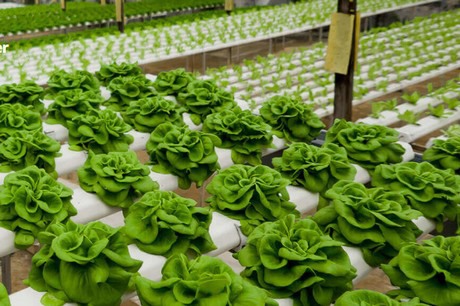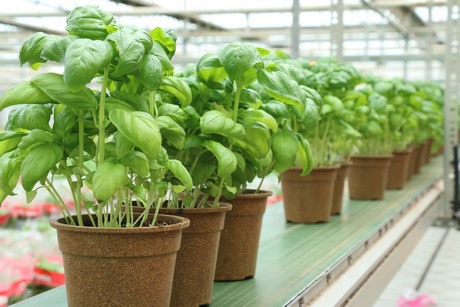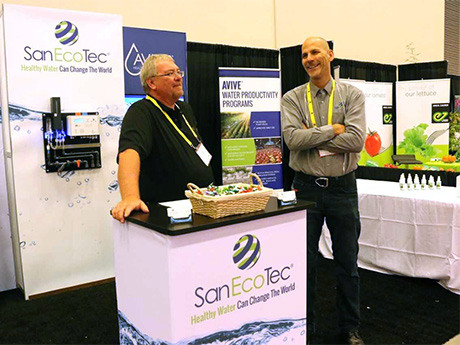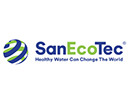On May 22, the Canadian Food Inspection Agency added a Class 1 (high risk) recall for microgreens – due to listeria contamination – to its Food Recall Report.
"Food recalls are serious business", Jim Shubat with SanEco Tec says. "Producers face heavy financial consequences; consumers are exposed to potential health risks; consumers lose trust in products and companies; and litigation follows. It’s a devastating spiral."

Counting the costs
In 2018, there were 708 food recalls in the U.S. A survey by the Food Marketing Institute and the Grocery Manufacturers Association found that direct costs of a food recall can reach $100 million, with indirect costs growing exponentially in the event of health effects.
Along with direct costs comes, of course, the loss of trust. According to Harris Interactive’s survey, after a recall, 15% of consumers would never buy the product again and 21% would not buy any product by the same manufacturer.
"When the consequences are so grave you’d think the best way to keep money in the bank and consumers on your side is to avoid recalls", says Jim. Isn't that an oversimplification? "Perhaps", he states.
"Except that a major cause of food recalls relates to something as simple as water. Many recalls are due to microbiological contamination from water sources or through unsanitary handling along the supply chain."
'It stands to reason that by proactively taking care of your water – making it your first line of defense, you can reduce the risk of recalls."

Start with the source
Where is your water coming from? What could be influencing its quality?
"Farmers and growers especially have to be careful about the quality of their irrigation water. Source water, whether from a surface or well, can be contaminated by animal fecal matter or sewer overflows and run-offs, which greatly increases the risk of E. coli", says Jim.
"Checking your water a few times a year for E. coli isn’t enough to ensure that your water is safe. Frequent and repeated testing, or better yet, treating your water with a system that combines filtration and disinfection is the best way of preventing microbiological risk", says Jim.

Don’t leave it up to Lady Luck
In Ontario, it is required that “water used for washing and cooling of fresh, ready-to-eat fruit and vegetables must be of potable quality” as determined by the Ontario Drinking Water Quality Standards.
"If you wouldn’t be comfortable drinking your process water, then you shouldn’t be comfortable using it on produce", says Jim.
He explains how AVIVE systems, developed by SanEcoTec® Ltd, are engineered water solutions that combine disinfection, a multi-barrier approach and real-time water quality monitoring and process control for clean, safe and dependable water. AVIVE aims to provide water that is free of microbial contamination, like E. coli and listeria.
"Our Smart Water monitoring system, called SPI®, provides real-time monitoring and analysis, ensuring sanitizers are always at the optimal level", he continues. "This way you can keep eyes on your water with real-time water quality monitoring and process control."

Recently, SanEcoTec received a Letter of No Objection (LONO) from Health Canada for the use of its Clean5, Clean25 and Clean50 sanitizers in process water on fresh and minimally processed fruits and vegetables. The LONO is a standard form letter in response to a detailed scientific submission expressly stating that Health Canada sees no reason why the sanitizers should not be used. The line of sanitizers is also recommended by HACCPCanada.
Remember your process water
"Bacteria can enter produce through stem, leaf and root, and contaminated water can promote infection on the inside and the outside of fruit."
"Contamination can still happen along the supply chain due to poor hygiene standards among workers or cross contamination, but adopting sanitation measures for your irrigation and process water gives you a good head start."
For more information: Joy Knowles
Joy Knowles
SanEcoTec
Joy.Knowles@SanEcoTec.com
T: +1.613.491.0525 x 2620
www.sanecotec.com
